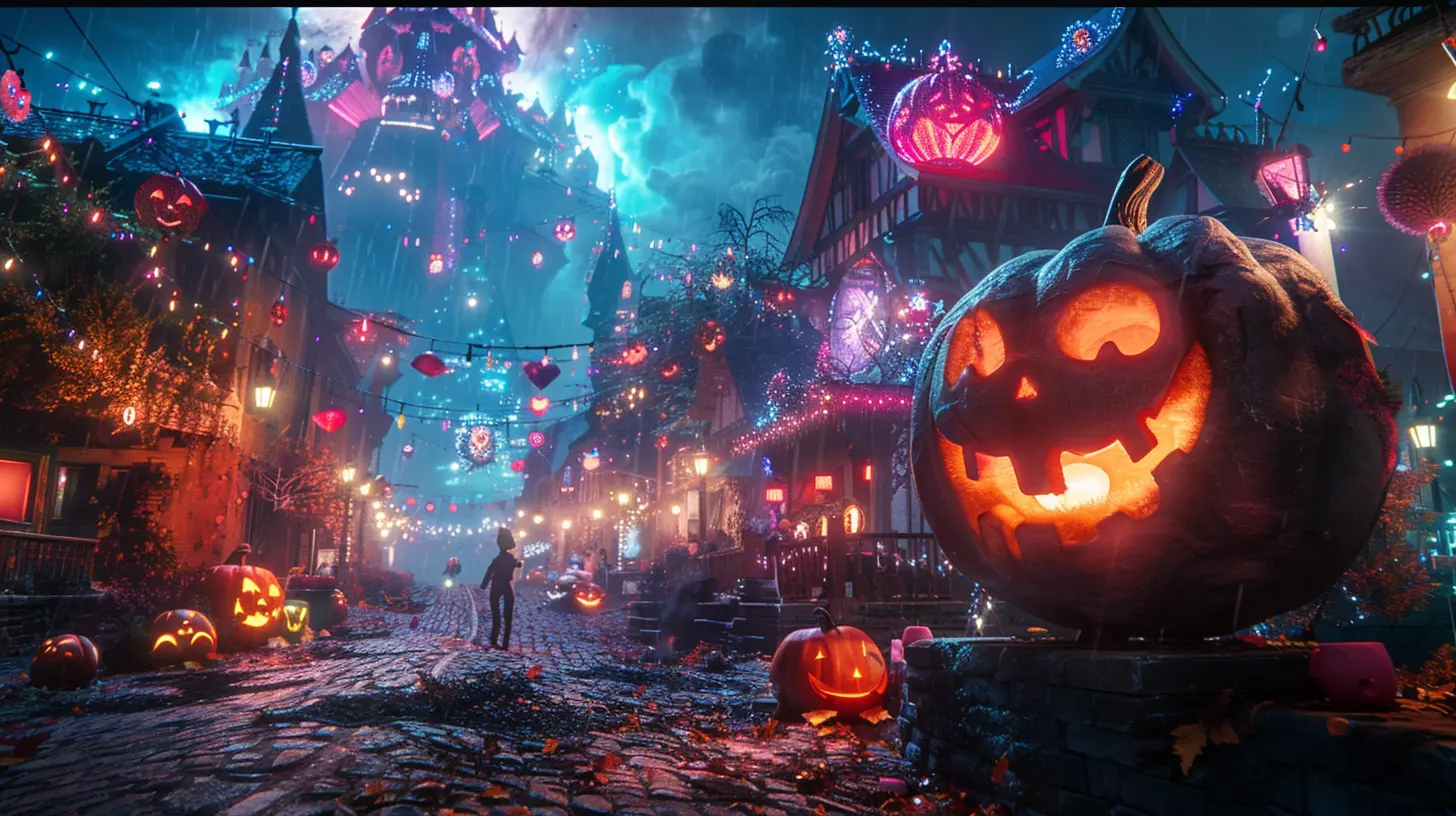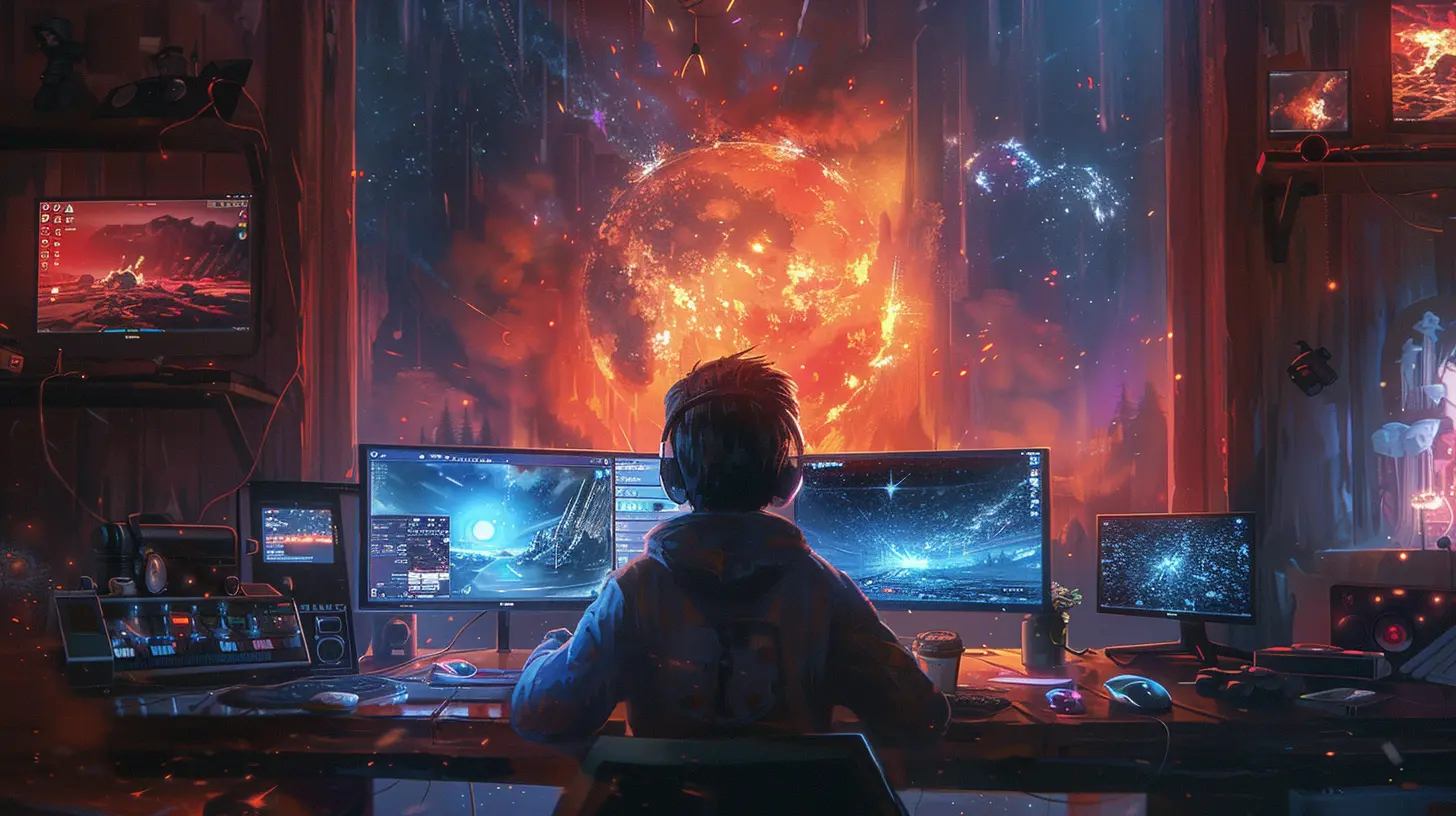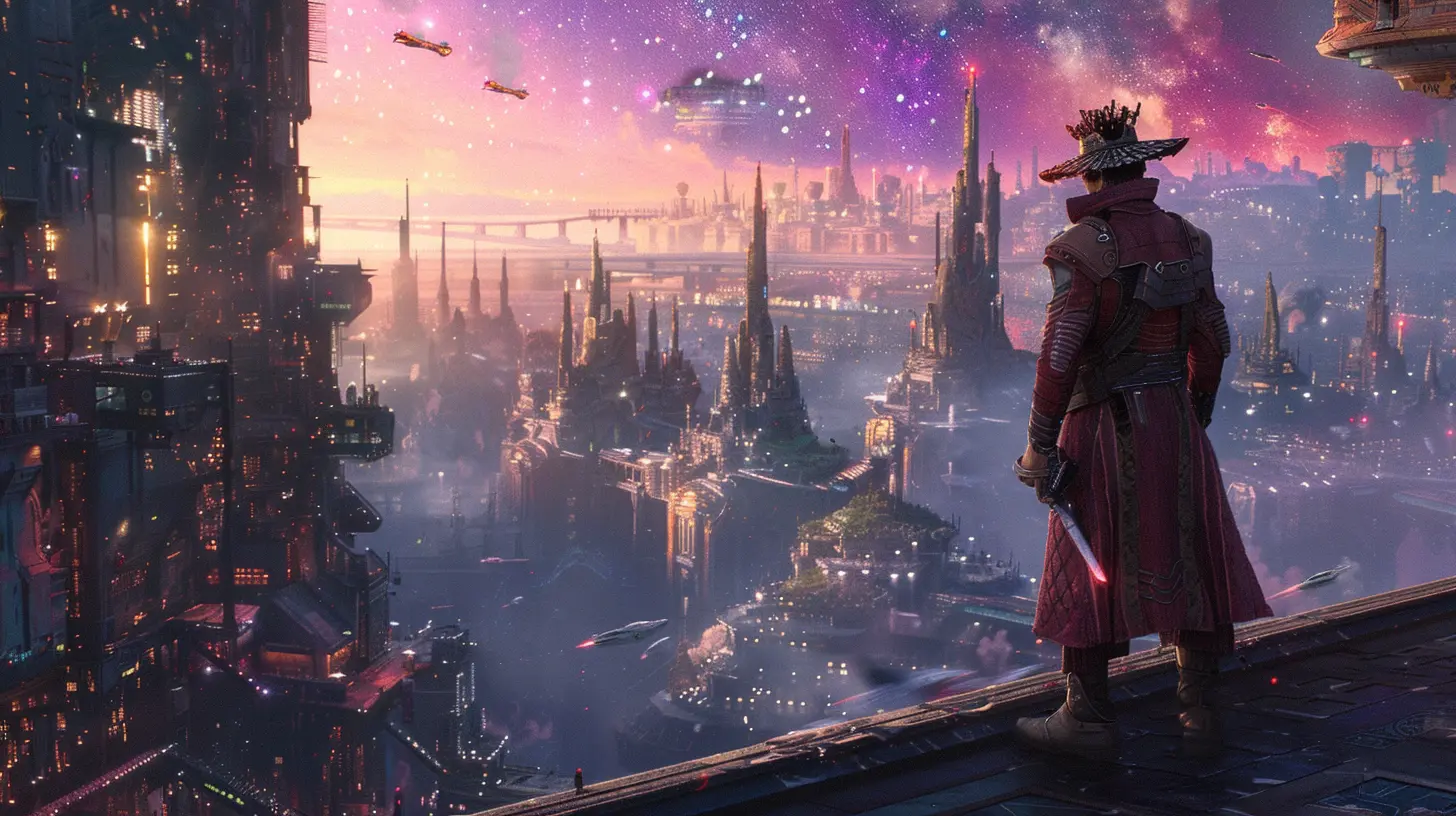Analyzing Fan Feedback from the Latest In-Game Events
17 October 2025
Let’s be honest—gaming events these days are like a pizza party at work. Sometimes they’re mind-blowingly awesome, and other times, you’re left wondering, “Who ordered the pineapple?” In-game events have become a cornerstone of modern gaming, delivering fresh content, challenges, and rewards. But here’s the kicker: the true success of these events often hinges on fan feedback. Gamers are never shy to share their two cents (or two hundred) on social media, forums, and comment threads.
So, what can developers learn by analyzing fan feedback on the latest in-game events? Plenty. Whether it’s glowing praise, constructive criticism, or the occasional meme-worthy meltdown, fan feedback is a goldmine of information. Let’s dive deep into why this feedback matters, how developers interpret it, and what it means for the future of gaming events.
Why Fan Feedback Is a Big Deal
Ever heard of the phrase, "The customer is always right"? In the gaming world, we could tweak that to, "The player knows what the game needs." Players are the lifeblood of any game—they're the ones grinding for loot, solving puzzles, and battling enemies. So when they speak, developers need to listen.It’s About Engagement (Not Just Complaints)
Fan feedback isn’t just a laundry list of complaints. Sure, you’ll always have someone ranting about how an event is “totally unbalanced” or accusing devs of turning games into pay-to-win nightmares. But there’s also a ton of constructive feedback—players praising creative mechanics, suggesting improvements, or raving about how an event pushed them to play outside their comfort zone.The thing is, feedback is an engagement signal. If players are talking about your event, it means they care. Whether they’re handing out compliments or unleashing a digital flamethrower, they’re involved. And in a world full of endless gaming options, keeping players engaged should always be priority number one.
Breaking Down Feedback Channels
Let’s face it—players are everywhere. So when developers analyze fan feedback, they have to go full-on detective mode. Here are some of the main platforms where feedback lives:1. Social Media
Twitter, Instagram, TikTok—name a platform, and you’ll find someone shouting their gaming opinions into the void. Social media is the Wild West of feedback: raw, unfiltered, and often hilarious. Want to know if the new event boss is too tough? Twitter will tell you. Want memes about bugs that turn players into flying spaghetti monsters? Check Reddit.2. In-Game Surveys
Many games now include optional surveys. You know, the ones that pop up asking you to rate your experience right after you’ve rage-quit from dying 50 times. While not as spicy as social media, surveys are a goldmine for structured feedback. Developers can gather data like, “85% of players enjoyed the event, but 60% thought the rewards sucked.”3. Community Forums
Ah, forums—the cozy coffee shops of the gaming world. Whether it’s official game forums or third-party spots like Discord servers, this is where dedicated players go deep. Feedback here tends to be more thoughtful, with long posts detailing the good, the bad, and the buggy.
The Good, the Bad, and the Ugly of Feedback
Not all feedback is created equal. Let’s break it down into three buckets: the shining praise, the constructive criticism, and the dumpster fires.1. The Shining Praise
When an event knocks it out of the park, players aren’t shy about saying so. Maybe it’s a brilliant storyline, top-notch graphics, or a clever game mechanic. Positive feedback often fuels community hype and encourages more players to participate.For example, when Fortnite dropped their Marvel-themed event, the internet went nuts. Gamers were posting highlights, cosplaying as their favorite heroes, and shouting, “More of this, please!”
2. The Constructive Criticism
This is where the magic happens. Constructive criticism is a gift (even if it doesn’t feel like one). Sure, it might sting when players call an event “half-baked” or say, “What were you thinking with the drop rates?!” But these comments highlight areas for improvement.One standout example is Destiny 2. Bungie has a history of tweaking in-game events based on player feedback. When fans said an event felt too grindy, Bungie adjusted it to strike a better balance between challenge and fun. Developers who take this type of feedback seriously often build stronger relationships with their fanbase.
3. The Dumpster Fires
Let’s not sugarcoat it—some feedback is just plain ugly. Toxicity in gaming communities is a real issue, and sometimes feedback devolves into personal attacks or unreasonable demands. While it’s important for developers to hear the criticism, separating signal from noise is crucial. A player screaming “This event ruined my life!” probably isn’t providing actionable input.
How Developers Interpret Feedback
So how do game developers sift through heaps of comments, tweets, and forum posts without their heads exploding? Spoiler alert: it’s not just about reading every comment individually. They use a mix of strategies.1. Data Aggregation
Developers often use tools to aggregate feedback across platforms. This means collecting all those tweets, survey responses, and forum posts in one big heap to look for patterns. If 80% of players say the final boss is too hard, that’s a signal worth paying attention to.2. Sentiment Analysis
Sentiment analysis tools help devs figure out the overall vibe of the feedback. Are the majority of comments positive, negative, or neutral? Think of it like a mood ring for the gaming community.3. Prioritization
Let’s be real—developers can’t fix everything. No game studio has infinity time or resources. So after analyzing feedback, they prioritize issues based on player impact. A game-breaking bug that affects everyone? Top of the list. A minor text typo? Probably not.Why Analyzing Feedback Boosts Future Events
Here’s the thing: fan feedback isn’t just about fixing today’s problems; it’s about shaping tomorrow’s experiences. By listening to player input, developers can create events that hit closer to the bullseye.Take Genshin Impact, for example. Early events were criticized for being too repetitive. miHoYo (the dev team) actually took this feedback to heart, introducing more variety in later events. Now, players are treated to challenges that are more balanced and engaging, which keeps them coming back for more.
Fan Feedback: The Gift that Keeps on Giving
Whether it’s glowing praise or fiery criticism, fan feedback is essential to the evolution of in-game events. It’s like an ice cream sundae—you’ve got the sweet goodness (positive feedback), the sprinkles (constructive criticism), and maybe a melted mess in the corner (trolls and toxicity). But at the end of the day, it all adds flavor to the experience.Game developers who harness the power of fan feedback aren’t just creating better events; they’re building trust and loyalty in their communities. And honestly? That’s the real win.
all images in this post were generated using AI tools
Category:
In Game EventsAuthor:

Aurora Sharpe
Discussion
rate this article
1 comments
Lola Newton
Fan feedback is the heartbeat of gaming! Embracing community insights not only enhances our favorite games but also fosters a stronger connection between players and developers. Together, we can create extraordinary experiences that elevate our gaming journey!
October 20, 2025 at 3:34 AM

Aurora Sharpe
Absolutely! Fan feedback is essential for shaping better games and strengthening the bond between players and developers. It’s a collaborative effort that truly enriches our gaming experiences!


